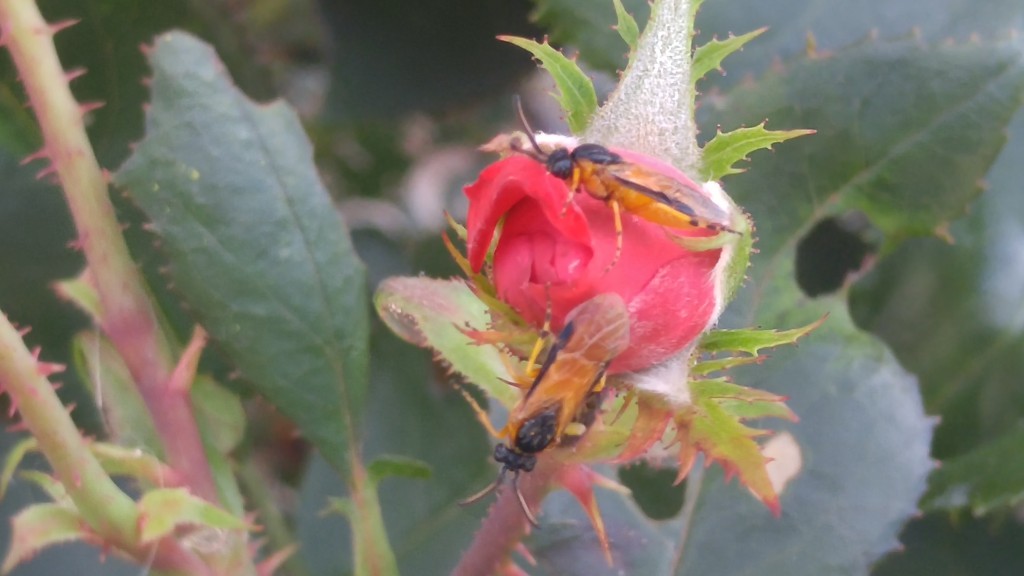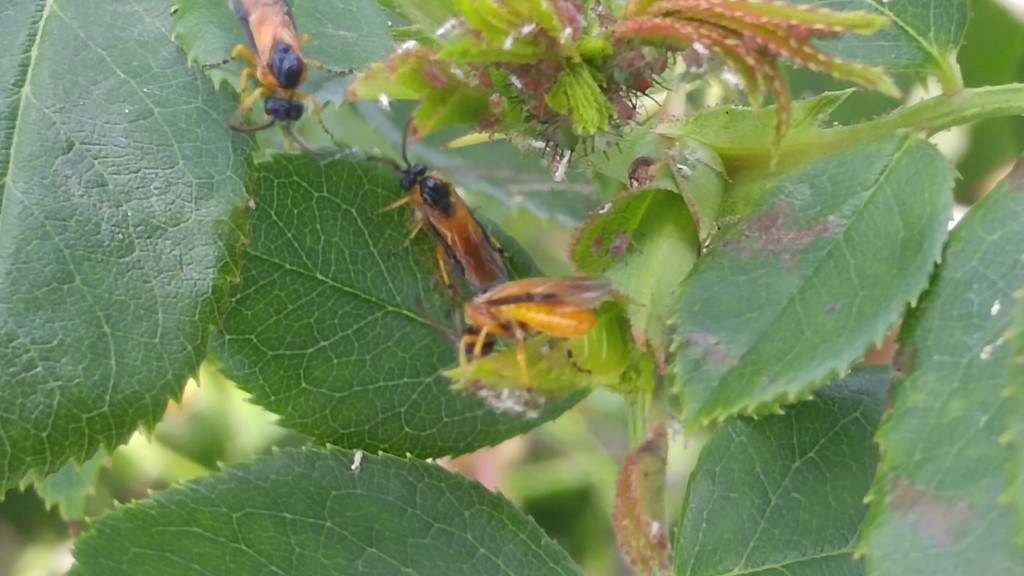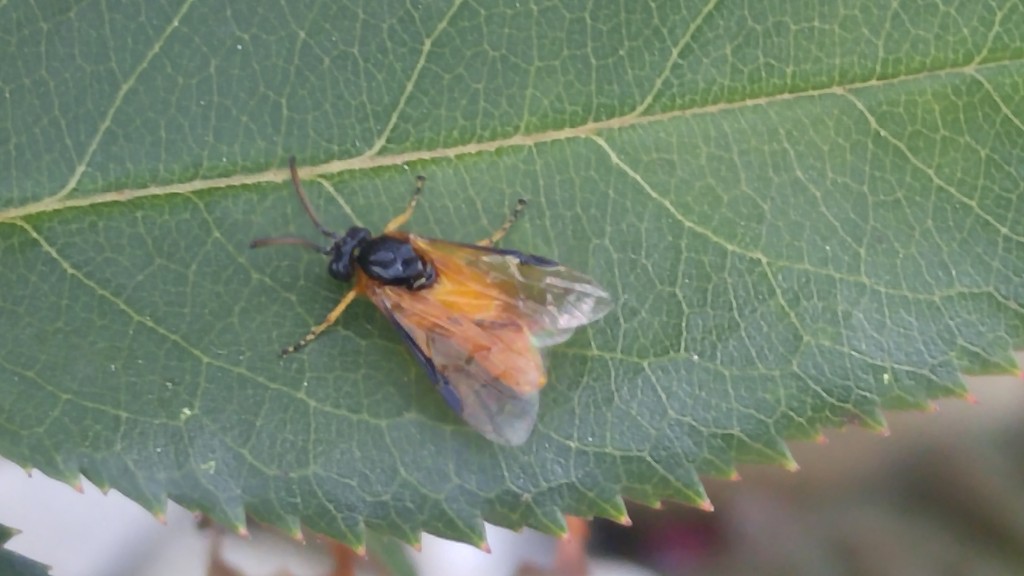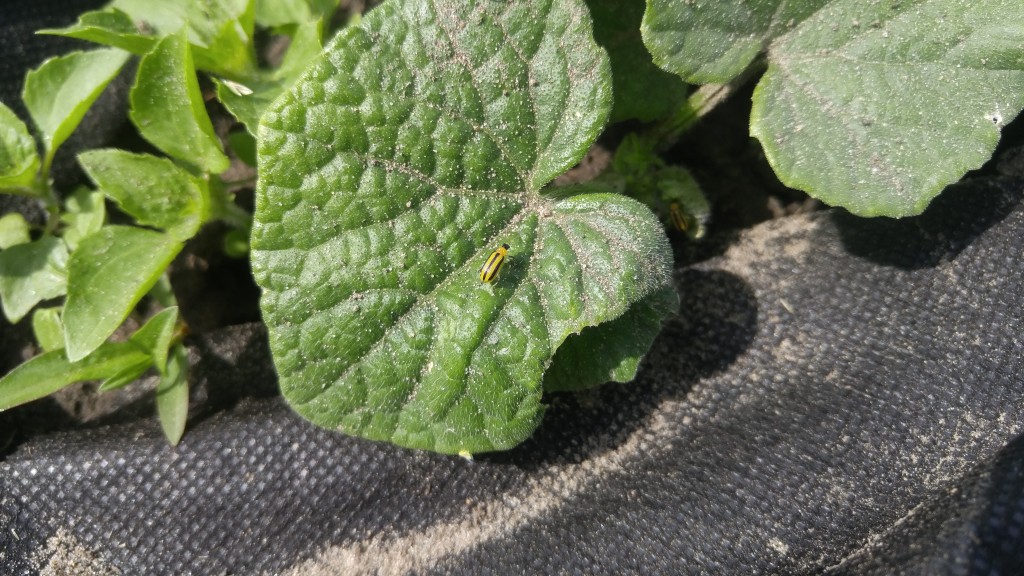This is the time of the season when tomato plants start showing signs of disease infections, usually as different shapes and colors of spots depending on which particular disease has infected the plant.
Last week I took an informal survey of several varieties of tomatoes to see how each variety is holding up under early disease pressure. My MO was to look for leaf spots on the plants. I made no attempt to identify which disease was causing what spots. Then I ranked them on a scale of zero to ten depending how bad the plants looked. Zero meaning no spots were visible, ten meaning severe symptoms. No plants were bad enough to score what I imagined to be ten.
I didn’t count how many leaves were infected; or measure how many square centimeters were discolored; or brix levels of leaves; or levels of ethylene gas; or any other scientific criteria. Heck, I didn’t even alphabetize the list of varieties. I ignored any cultural differences such as mulch, staked or caged plants, planting history, etc. .Over half were heirloom varieties, some of those looked quite good compared to the modern ones.
I surveyed about fifteen gardens in two different locations about 20 miles apart. I made a point to look at them all the same day because twenty four or even twelve hours could mean the difference between no spots and spots. Here’s a chart of what I came up with:
| Tomato variety | Plant score |
| Brandywine | 3-6 |
| Belarus | 0-1 |
| Cherokee | 1 |
| Juliet | 0-1 |
| Sheboygan | 0 |
| Pruden’s Purple | 0 |
| Granny Crantrell | 1-2 |
| Super Sweet | 3 |
| Belstar | 3 |
| Pink Honey Drip | 3 |
| Roma | 4-6 |
| Yellow Cherry | 5 |
| Large Red Cherry | 6 |
| Early Girl | 3-5 |
| Rainbow Blend | 3 |
| Roma Type | 7 |
| Beefsteak type | 6-7 |
| Brandywine Pink | 6 |
| Moon Glow | 3-4 |
| San Marzano | 3 |
| Bobby’s Girl | 0 |
| Chadwick Cherry | 0-1 |
| Unknown varieties | 5-6 |
Pruden’s Purple, by far looked the best it has no spots and very vigorous leaves. Chadwick Cherry came in a close second. There were a few different beefsteak-type tomatoes that were not specifically tagged by variety but all of them had more advanced disease progression.
Keep in mind this is only a snapshot of conditions for one day. That could all change later on as the plants begin to get stressed by fruit production.
Bob



